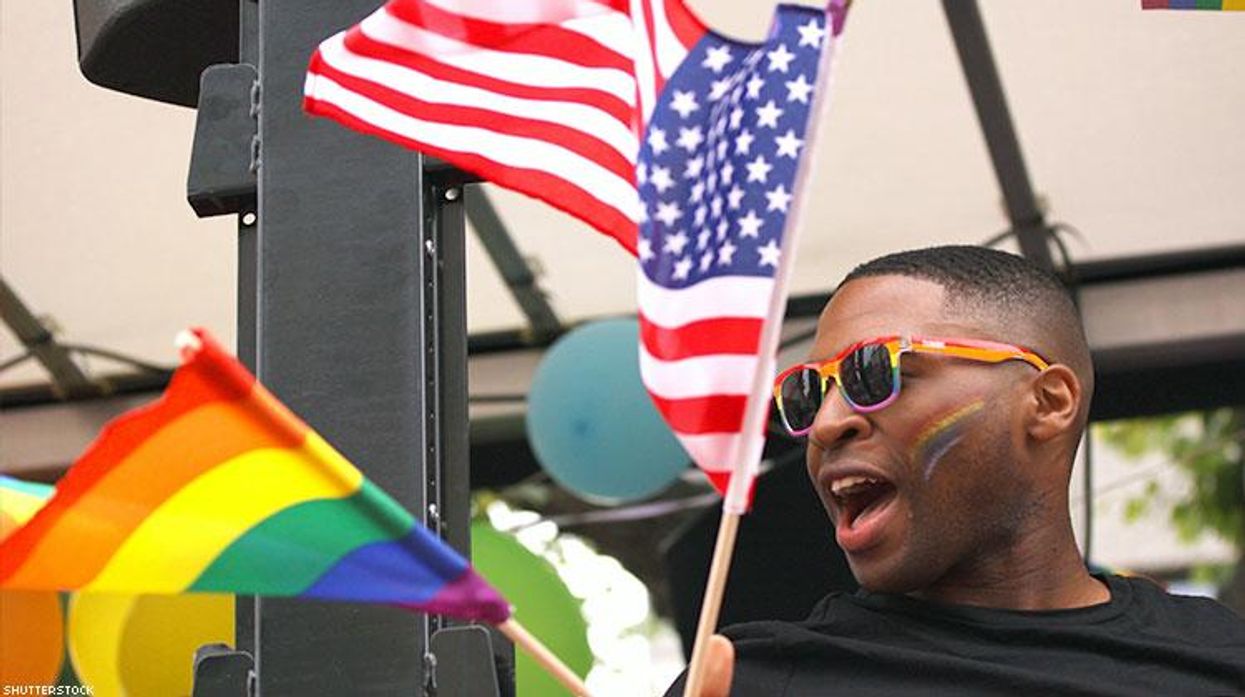News
Even Under Donald Trump, Washington D.C Is the Gayest Place in America

A new analysis finds America's capital has more adults identifying as LGBTQ than anywhere else in the U.S. North Dakota is in last place.
March 05 2019 3:09 PM EST
By continuing to use our site, you agree to our Privacy Policy and Terms of Use.

A new analysis finds America's capital has more adults identifying as LGBTQ than anywhere else in the U.S. North Dakota is in last place.
The United States is getting even gayer than many realized -- especially the nation's capital.
A new analysis by the Williams Institute at the UCLA School of Law found an estimated 4.5 percent of adults in the United States identify as lesbian, gay, bisexual, or transgender. This is approximately 11.3 million people in total and doesn't include those under 18 years of age.
But what is the area with the highest percentage of its total population identifying as LGBTQ? It's the nation's capital, Washington D.C., with 9.8 percent of its entire population identifying as part of the LGBTQ community. Which means that one in 10 people walking down the streets of Donald J. Trump's current home city is actually part of the community.
But what about the state with the lowest percentage of openly LGBTQ people? That's North Dakota, which is one of the least populated states in the nation; only 3 percent of its residents identify as LGBTQ.
Researchers at the institute analyzed a large set of survey data produced by Gallup Daily Tracking Survey that created a comprehensive look at the demographics of the U.S. across many identities, including race, class, income level and sexual orientation.
The scientists then took that data and built one of the largest scale interactive maps to not only highlight how "gay" the U.S. is, but also the realities of this community.
Highlights of their findings include information like 29 percent of LGBTQ adults in the U.S. are currently raising children and 58 percent of the entire community identifies as female. The analysis also breaks apart of long-held stereotype that this community is particularly wealthy.
"These findings remind us that LGBT people are young and old, people of color and white, they are parents, and they live in every state of the union," said Kerith Conron, Blachford-Cooper Distinguished Scholar and Research Director at the Williams Institute. "Most LGBT people are not wealthy, and in fact, many LGBT people are low-income and are experiencing food insecurity."
While their survey is one of the most comprehensive to date, it is important to note that the survey only captures people who are out or identify openly as LGBTQ people.
Beyond this specific report, LGBTQ youth, which are not captured in this data set, are also on the rise, with some studies seeing them outpacing this 4.5 percentage number very quickly. A study by Ipsos Mori found that only 66 percent of youth identify as exclusively heterosexual with many falling into more fluid identities and behaviors.
Read the full report here.
Charlie Kirk DID say stoning gay people was the 'perfect law' — and these other heinous quotes